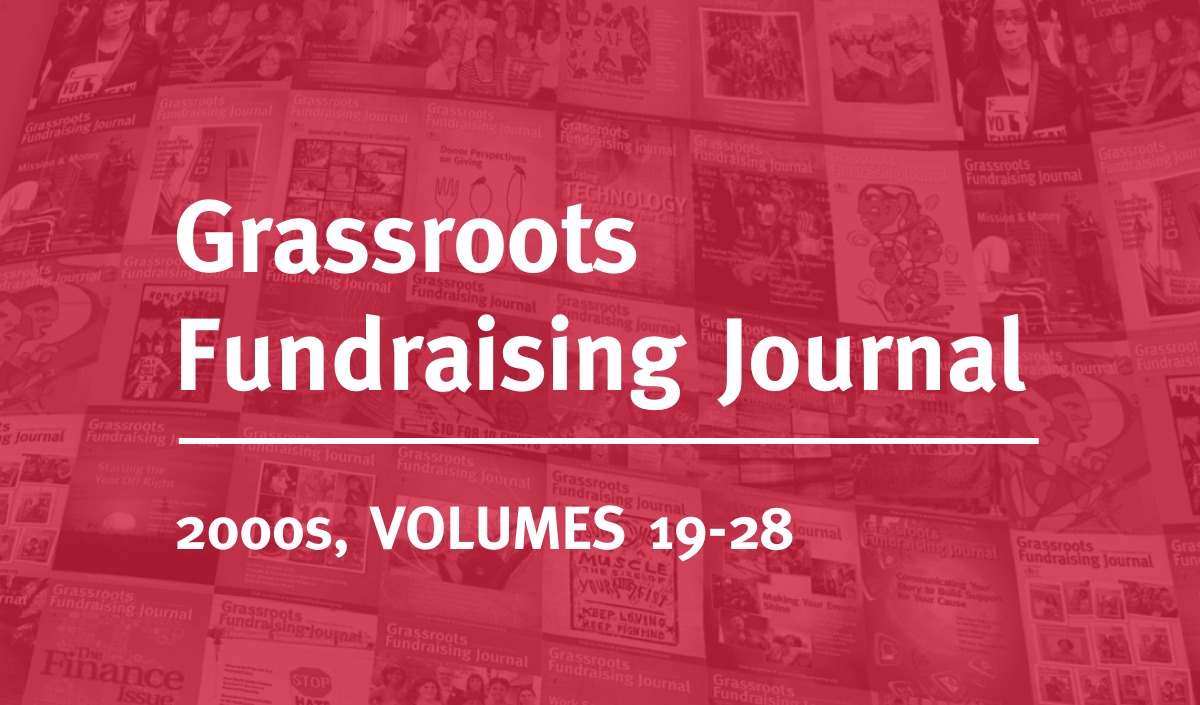February 2, 2011; Source: Pew Charitable Trusts | This new Pew study on city councils has attracted attention for the typical issue of how much it costs to pay for the members and staff of municipal deliberative bodies, but the press has missed an issue that might be of interest to nonprofits and foundations – the racial and ethnic demographics of city councils.
The press attention on costs is understandable in this revenue-constrained era. The most expensive council per seat (comparing 15 large cities) was Los Angeles at $1.69 million. Pittsburgh was the least expensive at $226,000. On a per resident cost, the most expensive council is Washington D.C.'s at $32.41, more than twice as high as the next most expensive council, Detroit's at $14.53. The highest paid council members are in Los Angeles, earning $178,789 (council members in Washington, Chicago, Philadelphia, and New York also get salaries of over $100,000); the lowest paid big city council members are in San Antonio, with annual paychecks of $1,400.
But for nonprofits, having struggled with the often-insufficient participation of racial and ethnic minorities in top management roles, not to mention how few occupy top management and board positions in foundations, information about the racial composition of councils is a useful benchmark. In the 15 cities in the study, "the share of African Americans on city councils effectively meets or exceeds the percentage of African Americans in the population." Think of the city council as a municipality's board of directors; few very large nonprofits or foundations could make the claim of adequately, proportionally representing African-Americans in the communities they serve or nationally.
Sign up for our free newsletters
Subscribe to NPQ's newsletters to have our top stories delivered directly to your inbox.
By signing up, you agree to our privacy policy and terms of use, and to receive messages from NPQ and our partners.
In every city but San Antonio, Latinos were underrepresented on city councils compared to their proportion of the cities' populations. Asian-Americans are typically terribly underrepresented, including in Los Angeles where Asians are 11 percent of the population and Philadelphia where they are 6 percent, but in both cities occupy no city council seats. Regarding sexual orientation, LGBT persons occupy seats in the city councils of 9 of the 15 cities in the study, including 2 out of 8 seats in San Diego, 2 in Washington, and 4 in New York City.
Obviously, there are still gaps in minority representation on city councils, but for nonprofits, two points stand out from the Pew analysis: (1) by demographics, city councils are more representative of racial/ethnic populations than are nonprofit and philanthropic top management and boards; and (2) Pew was able to collect racial, ethnic, and sexual orientation information on city council members, the information that would have been required of would have been required of large foundations in California's AB624 bill on racial/ethnic disclosure had it passed in the California legislature.—Rick Cohen













